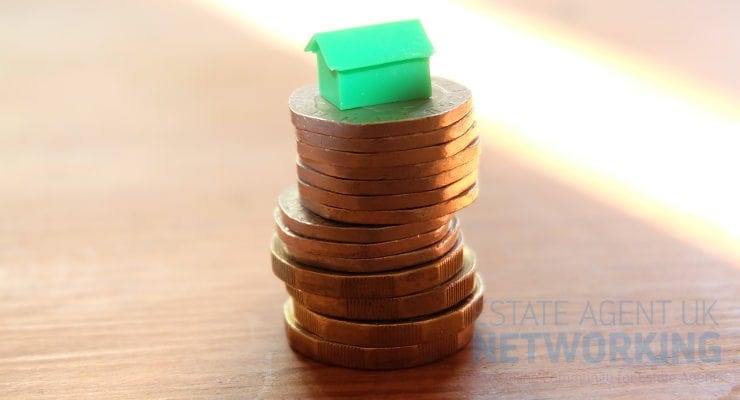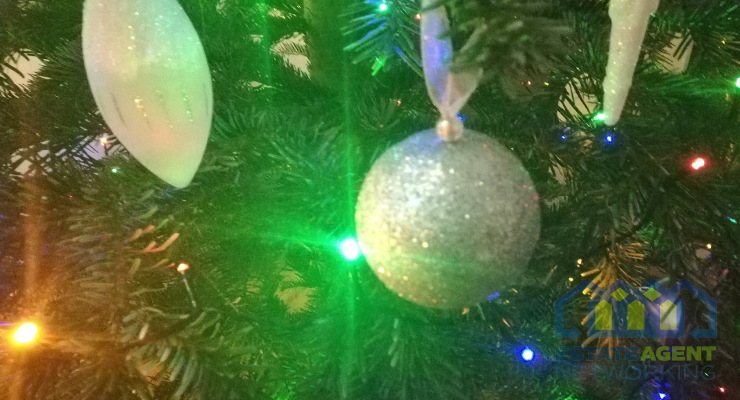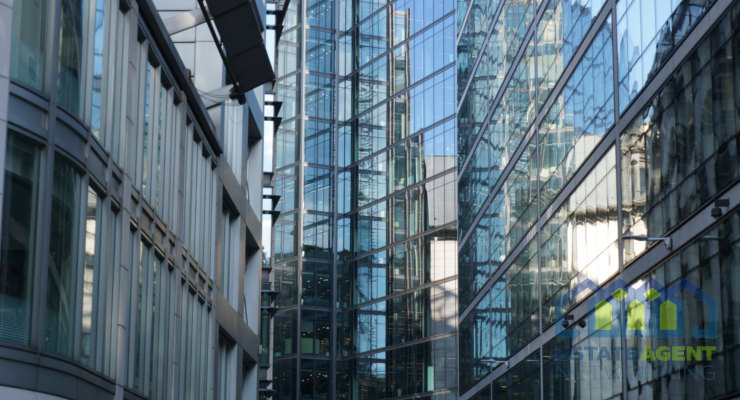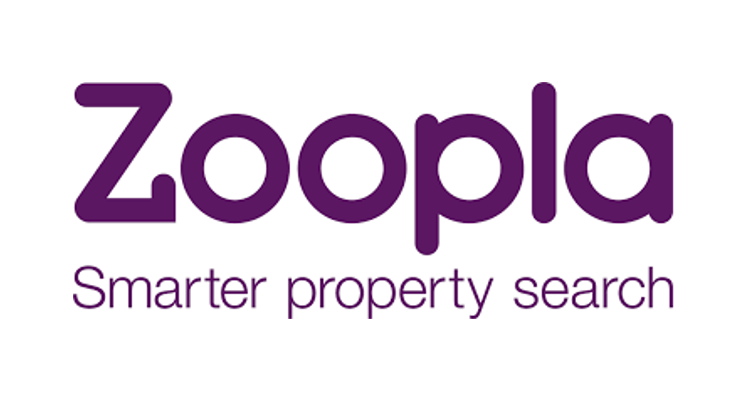The Landlord’s Guide to Hassle-Free Maintenance and Long-Term Tenant Satisfaction
Do you own rental property? If yes, you already know that you are being put on a test: keeping things running smoothly while somehow managing not to lose your mind (or your best tenants).
Maintenance. It’s not fun. But neglect it, and your rental becomes a revolving door of disappointed tenants and mounting repair bills. The good news? With the right mindset (and a bit of upfront effort), maintenance can become the quiet hero of your rental business, the thing that keeps tenants happy and costs from ballooning.
Let’s walk through how to make that happen without feeling like you’ve taken on a second full-time job.
1. Maintenance IS a Retention Strategy
Here’s the truth no one really says out loud: tenants don’t move because of rent increases. They move because things stop working and no one fixes them.
According to a 2022 survey from Buildium, over 60% of tenants said timely maintenance was the number one factor in whether they renewed a lease. Not location.
Not amenities. Not the fancy quartz countertop you splurged on. Just good ol’ maintenance.
So every leaky faucet you actually fix? That’s a quiet win. Every time you respond to a maintenance request within 24 hours? Another point for team “Stay Another Year.”
2. Preventive Maintenance > Emergency Repairs
You know that saying about an ounce of prevention? Turns out, it’s 100% true when it comes to property care.
If you’re reacting to problems, you’re already too late, and probably spending more money than you need to. A busted water heater, a mold outbreak, a squirrel in the attic (it happens), all of these can be prevented with regular checkups. Start with a seasonal checklist:
- Clean gutters every fall
- Test smoke detectors quarterly
- Service the HVAC system before extreme temps hit
- Check for leaks after heavy rain
Yes, it feels like a lot. But trust me, it’s way easier than explaining to a tenant why there’s water dripping through their ceiling again.
3. Create a Clear Maintenance Request System
This one’s easy to overlook. But when tenants don’t know how to ask for help, they usually wait. And waiting turns small problems into big ones. Set up a simple process:
- An online form
- A dedicated email
- A maintenance hotline (voicemail counts)
Even better? Respond within 24 hours, even if it’s just to say, “Got your request. Working on it.”
Tenants don’t expect miracles. They just want to know someone’s listening.
And if this all sounds like too much to juggle on your own, this is where a property manager can be worth their weight in dehumidifiers. Many of them handle this exact process, and they’ve got vetted repair folks on speed dial.
4. Build a List of Go-To Vendors (Before You Need Them)
Here’s a scenario. It’s 10 PM. The tenant calls. The toilet exploded. (Well, maybe not exploded. But something gross definitely happened.)
Who are you calling?
If you don’t have an answer, that’s a problem. Make a list of trusted vendors before disaster strikes:
- Plumber
- Electrician
- HVAC tech
- Pest control
And yes, ideally, they answer their phone after business hours.
Some landlords work with property managers specifically for this reason; someone else takes the 10 PM panic calls and already knows who to call. It’s not lazy. It’s strategic delegation.
5. Do Periodic “Friendly” Inspections
These aren’t about catching tenants doing something wrong. They’re about spotting the weird little things tenants often overlook.
Like that slow drip under the sink that’s quietly rotting the cabinet base.
Send a quick email:
“Hey, just doing seasonal check-ins to make sure everything’s working well. Let me know what day next week works for a quick walkthrough.”
Keep it friendly. Bring a notepad. Look under things. Ask them what’s bugging them about the place. Then actually fix a couple of those things.
That kind of attention gets noticed. It builds trust. And trust leads to renewals.
6. Budget Like You Know Things Will Break
Because they will. Maybe not today. But eventually.
A good rule of thumb? Set aside 1–2% of the property’s value each year for maintenance. So if your rental’s worth $250,000, plan on $2,500 to $5,000 annually.
And don’t touch that money unless something’s broken. It’s not your Vegas fund. It’s your “the dishwasher just died” fund.
Smart landlords treat maintenance like taxes: inevitable, and much easier to manage when you plan ahead.
7. Be Human. It’s Free.
This one’s simple, but weirdly effective.
When something breaks, don’t just send the repair guy. Follow up with a text or email afterward. Ask how things went. Thank them for their patience.
It takes 30 seconds. Costs nothing. And it makes you the kind of landlord people tell their friends about (in a good way).
This human touch? It’s something many property managers are trained to do well. It’s the small stuff that adds up.
One Final Thought
Hassle-free maintenance isn’t really “free”; it takes time, attention, and a bit of planning. But the payoff? Long-term tenants who actually like living in your place.
Fewer 2 AM emergencies. Lower turnover costs.
No rental is truly “hands-off.” But with a solid system (and maybe a property manager in your corner), it can feel a whole lot easier.
And hey, if your toilet does explode at 10 PM, at least you’ll know who to call.








